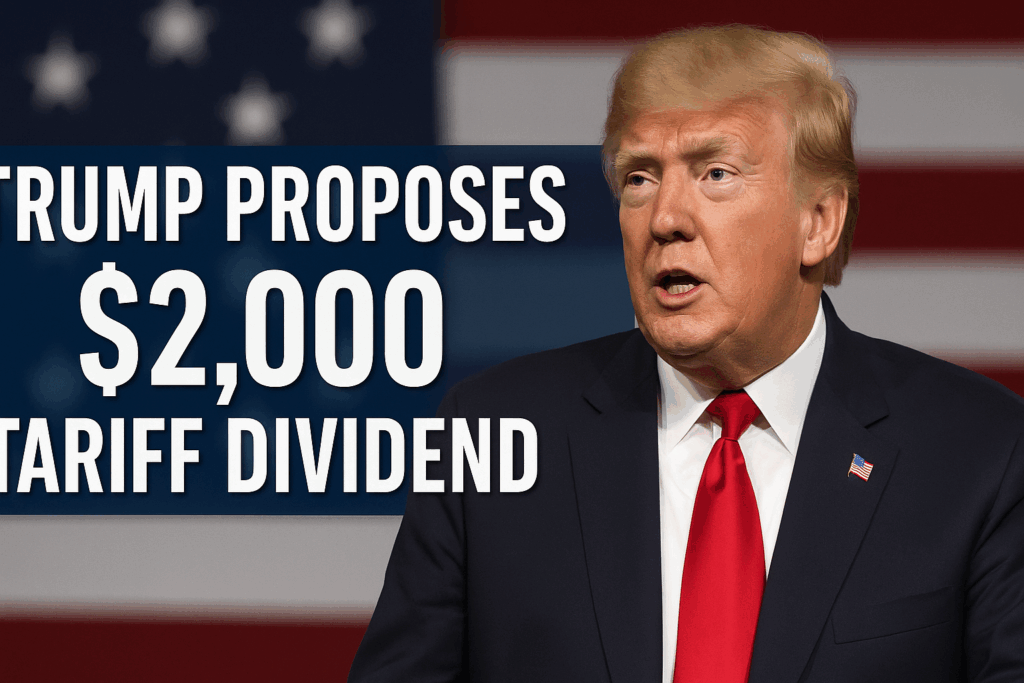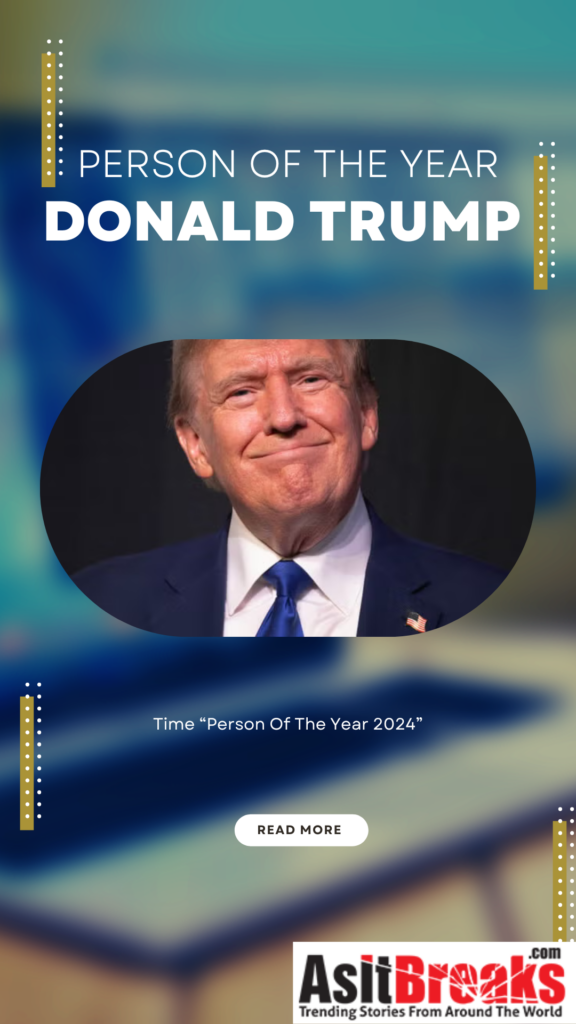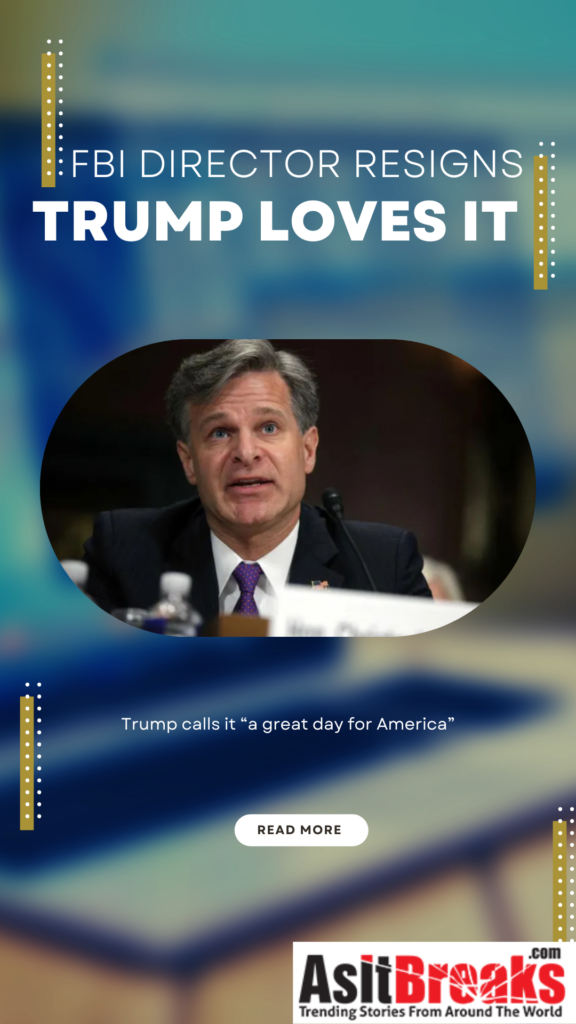President Donald Trump unveiled a controversial proposal at the heart of his protectionist trade policy on Sunday: sending $2,000 payments to most U.S. households, funded by tariff revenues collected from importers, thereby positioning tariffs as a vehicle for direct economic benefit to Americans.
“A dividend of at least $2000 a person (not including high-income people!) will be paid to everyone,” Trump wrote on his Truth Social platform. “People who are against Tariffs are FOOLS!” he added, reviving his frequent defense of tariffs as a tool to strengthen domestic manufacturing and generate revenue.
The announcement comes as the Supreme Court reviews the legality of Trump’s key trade policy, specifically his use of the 1977 International Emergency Economic Powers Act (IEEPA) to justify tariffs on imports. Justices recently expressed skepticism, and a ruling against the administration could require refunding importers and reduce funds available for Trump’s plan.
A Familiar Idea with New Complications
Trump has said for months that tariffs could support rebates to taxpayers, similar to COVID-19 stimulus payments. In July, he mentioned possible government rebates from tariffs, portraying it as a reward for bringing manufacturing back to the U.S.
Yet as with previous promises, his proposal faces a complicated path. Treasury Secretary Scott Bessent told Fox News that the president’s proposed “dividend” could “come in lots of forms, in lots of ways.” He added, “It could be just the tax decreases that we are seeing on the president’s agenda — no tax on tips, no tax on overtime, no tax on Social Security, deductibility of auto loans.” The comment highlighted the fluidity of the concept.
The Math Problem
Independent analysts say the plan faces key arithmetic and economic challenges. According to Treasury data, the federal government collected about $195 billion in customs duties in the fiscal year ending Sept. 30. Paying $2,000 to approximately 150 million adults earning under $100,000 would cost around $300 billion—exceeding tariff revenues and raising concerns about increasing the deficit or requiring other funding sources.
“Only problem, new tariffs have raised $120 billion so far,” wrote Erica York, vice president of federal tax policy at the Tax Foundation. She noted that after accounting for how tariffs affect other tax collections, “tariffs have raised $90 billion of net revenues compared to Trump’s proposed $300 billion rebate.” This highlights a gap between revenue and proposed payments, which could affect the overall economy by increasing debt or requiring spending cuts elsewhere.
If the Supreme Court strikes down tariffs imposed under emergency powers, businesses could demand refunds on roughly $89 billion in duties paid under the IEEPA. That would leave even less revenue for Trump’s plan, while potentially inflating the national debt. “The math gets worse accounting for the full budgetary impact,” York said.
Economic and Political Risks
Economists warn that distributing checks from tariff revenues could increase consumer demand, potentially reigniting inflationary pressures when the economy remains vulnerable. The pandemic-era stimulus packages similarly raised demand and contributed to high inflation, showing that new rebates funded by tariffs might have comparable, if smaller, inflationary effects, as more money chases limited goods and services.
“Tariff dividends would be another factor pushing inflation up rather than bringing it down,” York said, estimating they could lift prices by one to three percentage points. She cautioned that while these payments might give short-term relief to households, they would also contribute to a larger budget deficit by injecting more money into the economy, raising the risk of higher inflation over time.
The White House dismissed those concerns, saying “the economists making that assertion are baselessly speculating” and emphasizing that specifics of the plan are still being developed.
Legal and Legislative Barriers
If the plan survives in court, Congress would need to approve such payments, as with previous rebates. The current Republican-led Congress has not supported similar measures, focusing instead on debt and spending limits.
Ultimately, Trump’s proposed $2,000 “tariff dividend” highlights the tension between populist promises and fiscal reality. While the idea taps into public frustration with high costs and foreign competition, it faces daunting legal, logistical, and inflationary challenges. Without new legislation or a favorable court ruling, the “dividend” may remain more a campaign talking point than a policy Americans can take to the bank.


